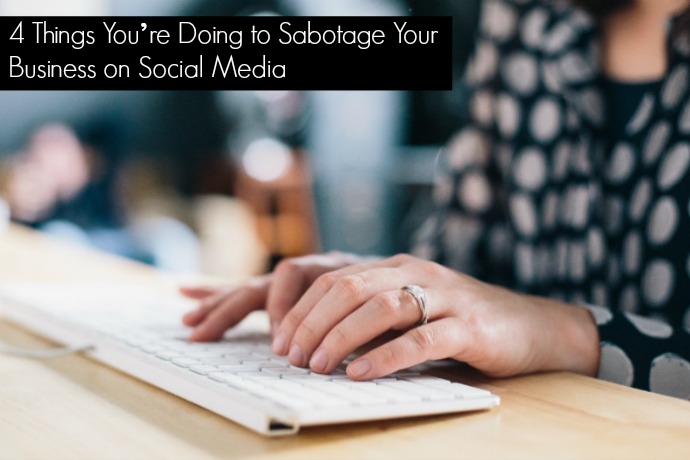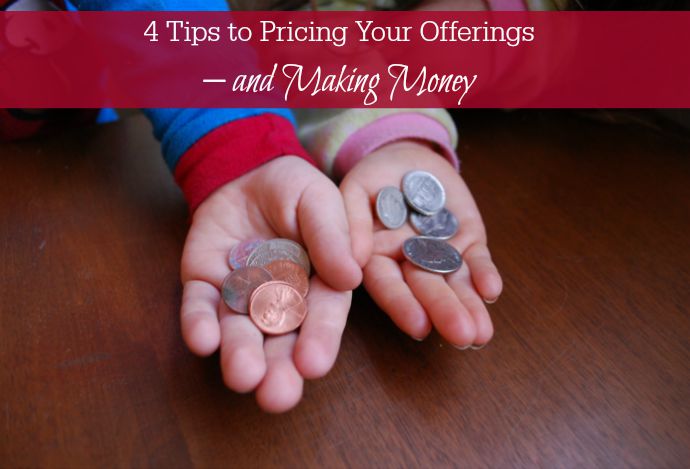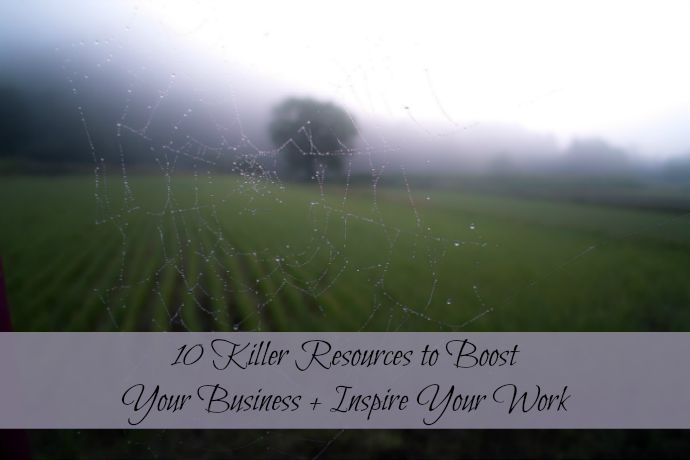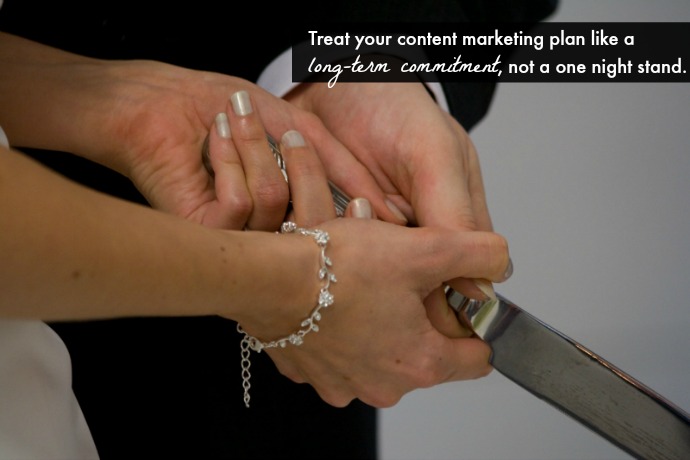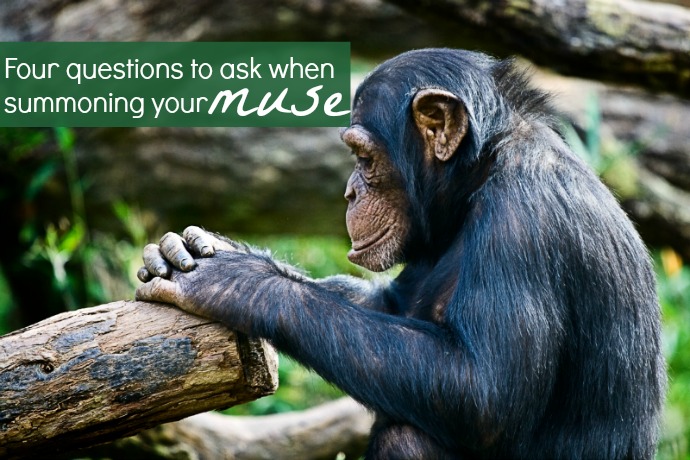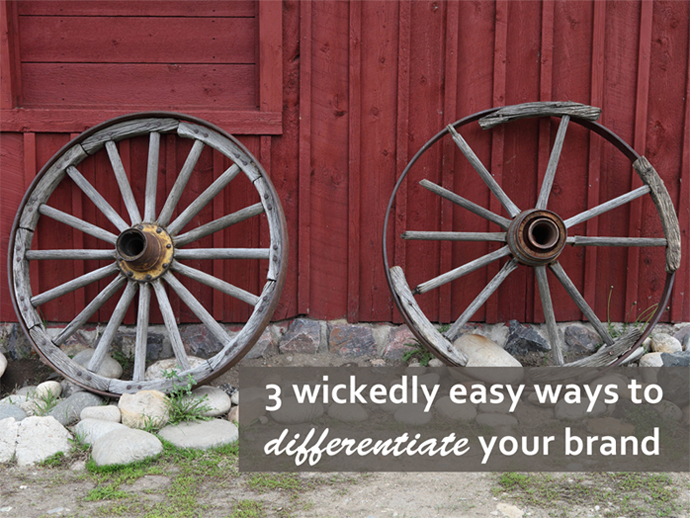 Most of us have not invented anything new. As I’ve shared with you before…
Most of us have not invented anything new. As I’ve shared with you before…
“We are not doing something customers or clients can’t get elsewhere. We are not discovering a new element or identifying a new species or creating a way for humans to live on Mars. (Some of you may be working on this, but most of us are not).”
Differentiation seems to be the most common place where my clients get stuck. Why am I different? I’m not doing something unique and innovative. I’m just the best (BLANK) I can be and I know my stuff!
You don’t have to invent something new to make your brand + business stand out (Tweet this!)
Here are 3 crafty and clever ways to differentiate your offerings–you just need to play them up in your brand messaging:
Your TRIBE: Who do you serve? Are you specific? Do you serve a specialized niche or an overlooked market? Perhaps you are a life coach for ambitious women on a mission versus women going through divorce or the death of a spouse versus women in transition. I choose to focus on entrepreneurs and small to mid-sized businesses versus ginormous enterprise companies or the Fortune 500. You can stand out by being crystal clear about the audience you serve, rather than claiming (falsely) they you serve everyone and anyone.
Your VALUE: What do you offer? How does it benefit people? Porsche and Honda both sell cars but the reasons why people buy one or the other is different. They emphasize different benefits. They are not really the same thing, even though they are both automobiles. You can be a life coach that focuses on brain science versus one that focuses on intuition and energy.
Your VIBE: What is your brand personality? Are you modern, urban and energetic? Are you safe, reliable and thoughtful? Are you sassy, fresh and focused? Use this to inform your look and message. When you see an Apple ad, you know it’s Apple. Your vibe can help you stand out. There are a bajillion brand strategists out there. My vibe, however, is unique to me and my approach: full of wit, smart humor, a conversational tone, tough love and wine references…oh, so many wine references. And bringing my unique interests and background to bear, how many other brand strategists can also say they are fiery redhead actresses who adore Jeopardy, dogs, football, writing, indie films, crime dramas and are working mamas married to a Scotsman – oh and who have survived a brain aneurysm? I’m thinking not too many. So wear your vibe as a differentiated brand of pride and bring it to life in your writing, work and personality. You are the only you out there.
Your turn: Can you clearly define your tribe, value and vibe? Tweet me @redslice and let me know!
Image credit: Sam Howzit via Flickr


